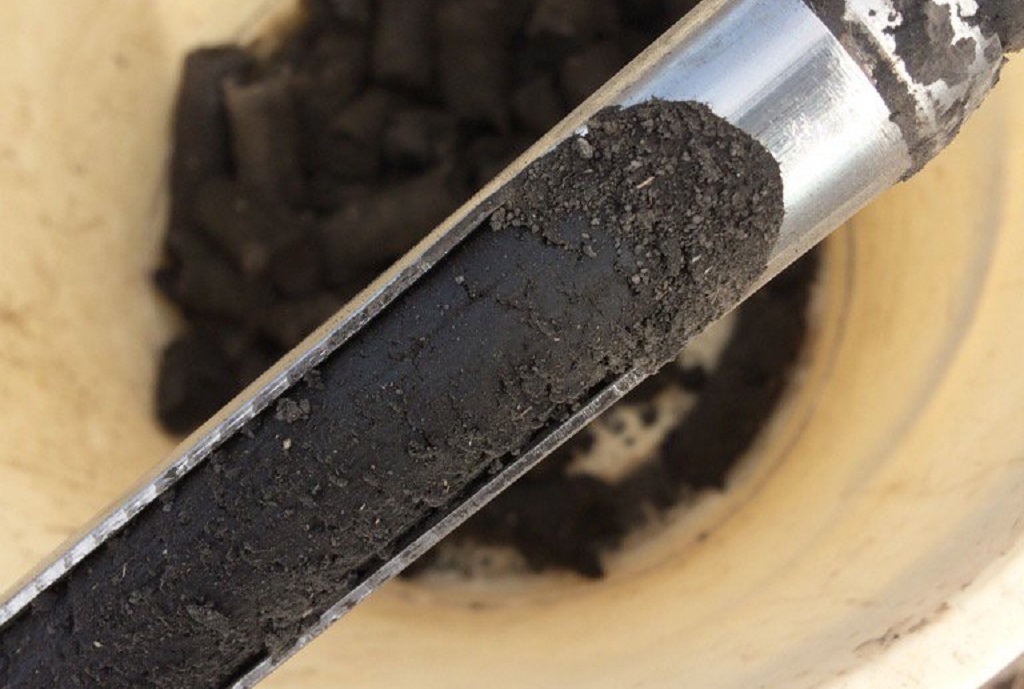Source: Syngenta
Soil sampling is a great and relatively inexpensive activity to help plan for the next crop season. By assessing nutrient levels in your crop fields early on, you can make profitable fertilizer decisions that can help enhance yield potential.
Soil Sampling Techniques
The first step in soil fertility planning is to find a reputable soil analysis laboratory to which you can bring your sample for testing. Then, to maximize the accuracy of your test results, start by following these best practices for soil sampling:
- Sample after harvest when there are no crops in the field
- Avoid field edges or low areas
- Sample fields at the same time every year so test results are more comparable across time
- Allow enough time for soil adjustments and planning inputs, and sample 3-6 months before the next crop
- Avoid the sampling of fields where inputs such as lime or fertilizer were recently applied
- Take a soil sample from a field at least once every 4 years
Choosing the Right Sampling Method
Factors such as field history and management practices can affect what sampling method you choose to use. Identifying the best soil sampling method for your fields can be critical to receiving accurate results. Consider the following 2 options:
Directed Sampling: Also known as basic sampling, this approach samples average acres to get an average nutrient level for the entire field. According to the University of Nebraska-Lincoln, you should consider directed sampling if:
- Yield maps, remotely sensed images, or other sources of spatial information are available and show consistency from one layer to another
- You have experience farming the field that you feel would provide direction on where to delineate management zones
- There is limited or no history of livestock or manure influence on the field
Grid Sampling: Most often used with other precision agriculture practices, this approach requires a more detailed approach of sampling the whole field in a grid pattern. Analyzing nutrient levels for smaller field areas can lead to more specific knowledge on fertilizer needs. Consider grid sampling if:
- Previous management such as confined livestock, heavy manure application or aggressive level for irrigation has significantly altered soil nutrient levels
- Small fields with different cropping histories have been merged into one
- An accurate base map of soil organic matter is desired
Interpreting Results
The University of Nebraska-Lincoln’s guide on soil test interpretations says that a soil test report has 3 parts: results, interpretations and recommendations. The results are expressed numerically in either ppm or lb/acre and reveal the level of plant-available nutrients in the soil. The interpretations simplify the results by labeling each nutrient as “low,” “medium” or “high.” Based on these interpretations, you can decide how much fertilizer is needed in your field.
